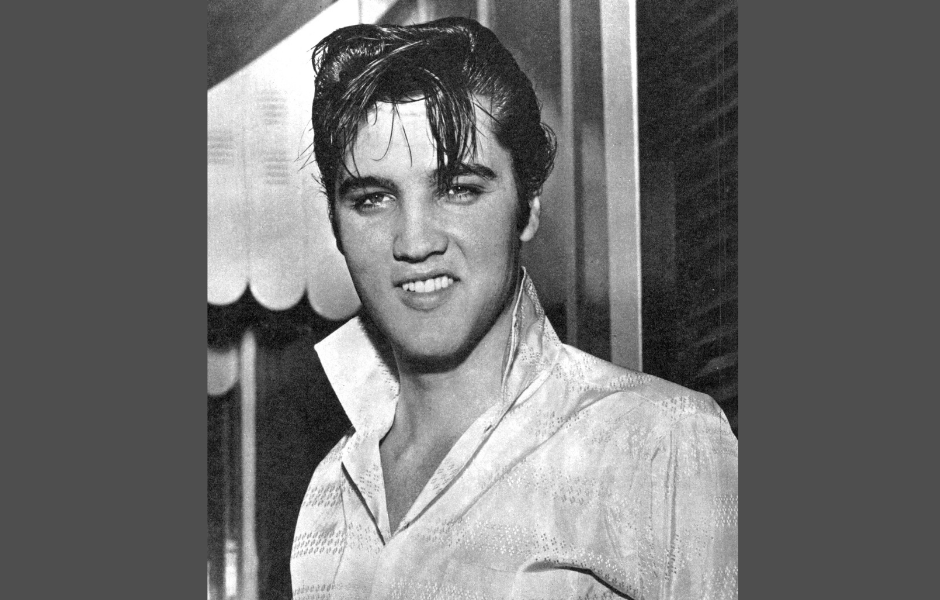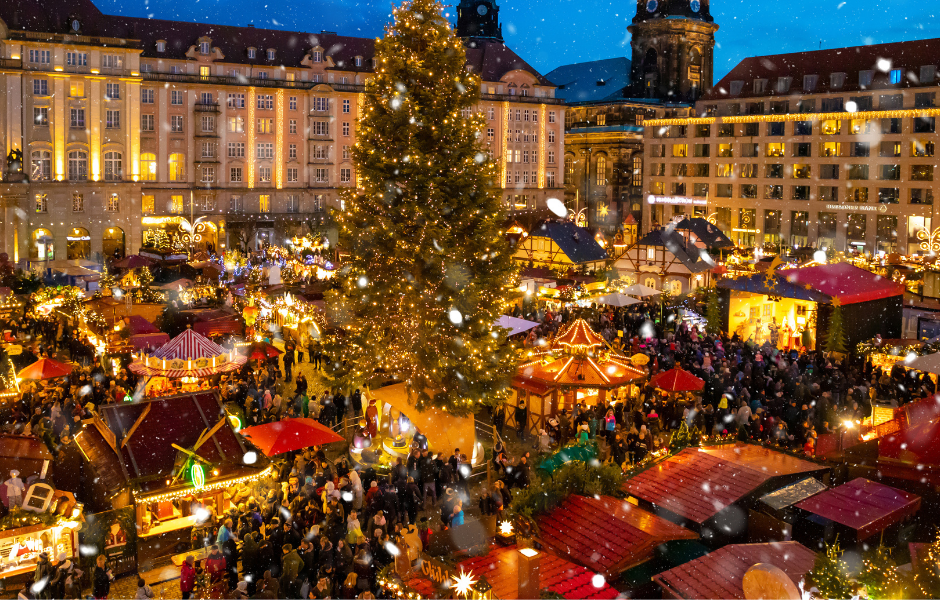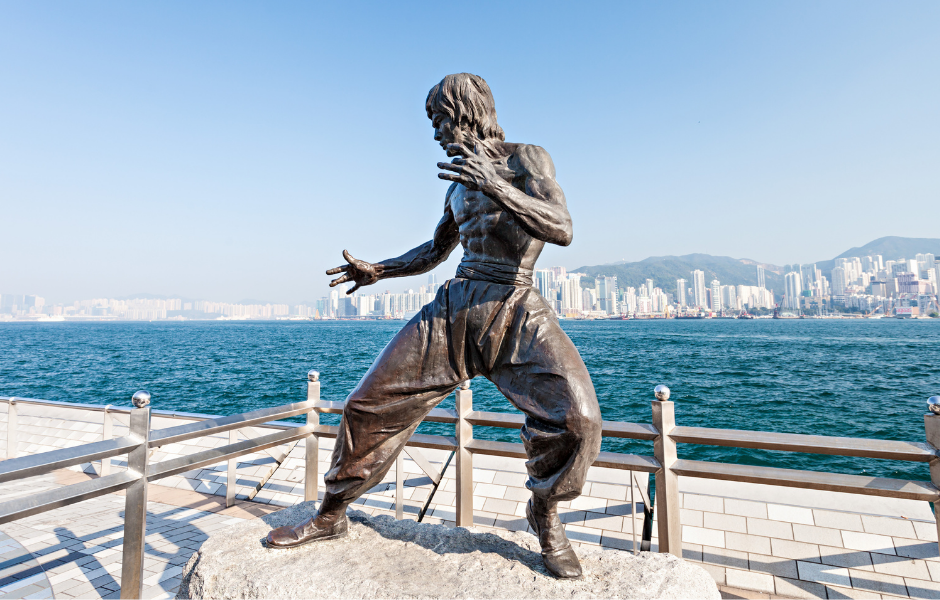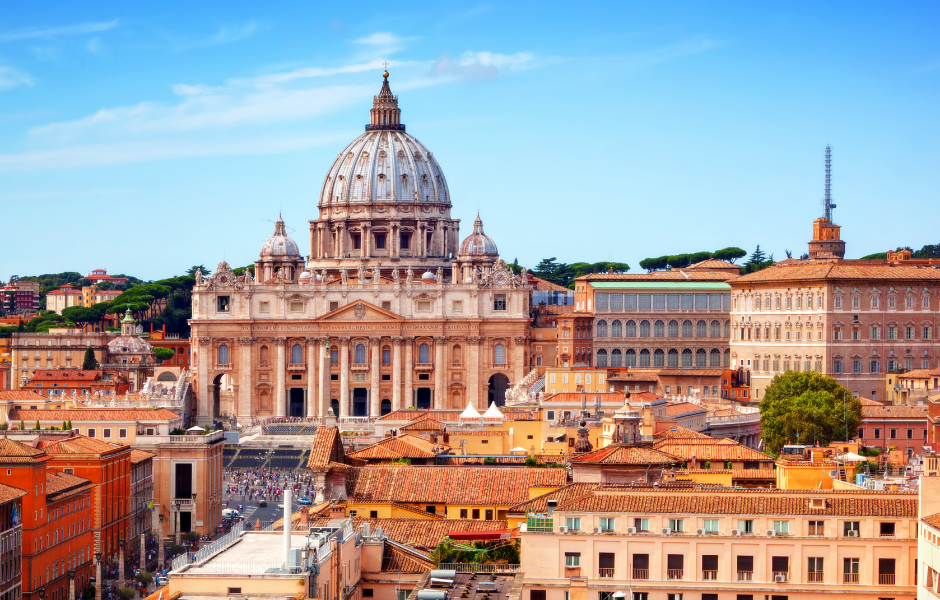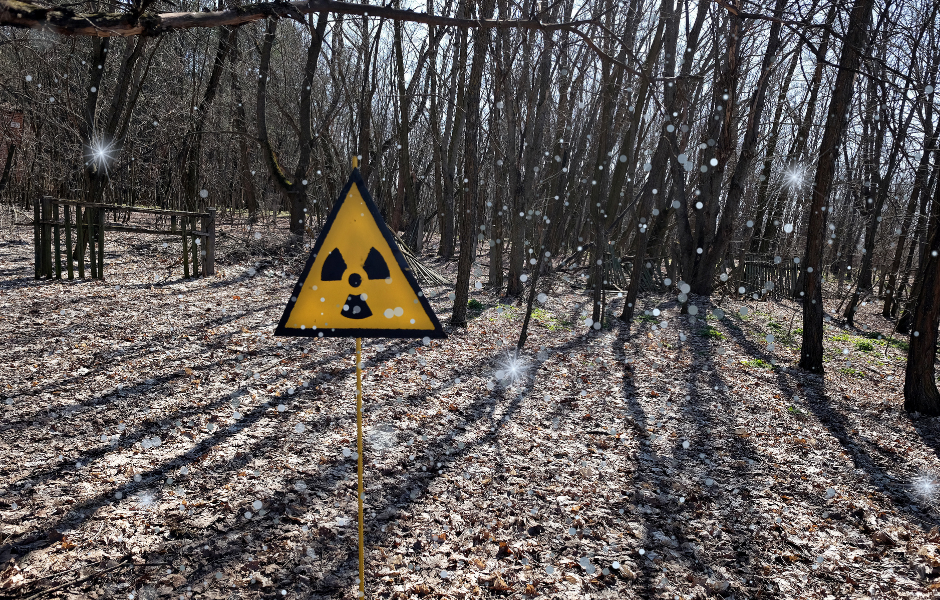
This children’s article, The Chernobyl disaster explained for kids, is for native English speakers and learners of English as a second or foreign language. It can help children practise reading and comprehension, learn useful vocabulary, and understand what happened at the Chernobyl nuclear power plant in 1986. Written by Sinead O’Carroll, an English teacher and writer.
What happened at Chernobyl?
On 26 April 1986, the Chernobyl Nuclear Power Plant in northern Ukraine exploded. At the time, Ukraine was part of a country called the Soviet Union.
One of the reactors, big machines that produce electricity, overheated during a safety test and blew apart. The explosion sent a huge cloud of radiation into the air. Radiation is a kind of energy that can be dangerous to people, animals, and the environment.
The Chernobyl Exclusion Zone
After the explosion, many people had to leave their homes. A 30-kilometre area around the power plant, called the Exclusion Zone, was evacuated. It is still mostly empty today because of leftover radiation.
The nearby town of Pripyat, which once had almost 50,000 people, is now a ghost town. Trees grow through roads and buildings have fallen apart. Nature has taken over.
Could people go back?
Radiation levels dropped over time, but some parts of the zone are still not safe for people to live in. However, small groups of older people, known as “returnees,” moved back years later. Scientists, tourists, and even filmmakers also visit the area, but only with special permission and safety gear.
The animals of Chernobyl
Strangely, animals seem to be doing quite well. Wolves, deer, wild boar, and even bears have been seen in the forests. Some scientists think that fewer humans in the area has helped nature thrive.
You can read more about the animals of Chernobyl in this article.
Why is Chernobyl still important?
Chernobyl taught the world about the dangers of nuclear power when something goes wrong. Many countries changed their safety rules after the disaster. In 2016, a giant shield called the New Safe Confinement was placed over the damaged reactor to keep the site safe for years to come.
In 2022, the area was briefly occupied during a war, reminding the world again how fragile nuclear sites can be
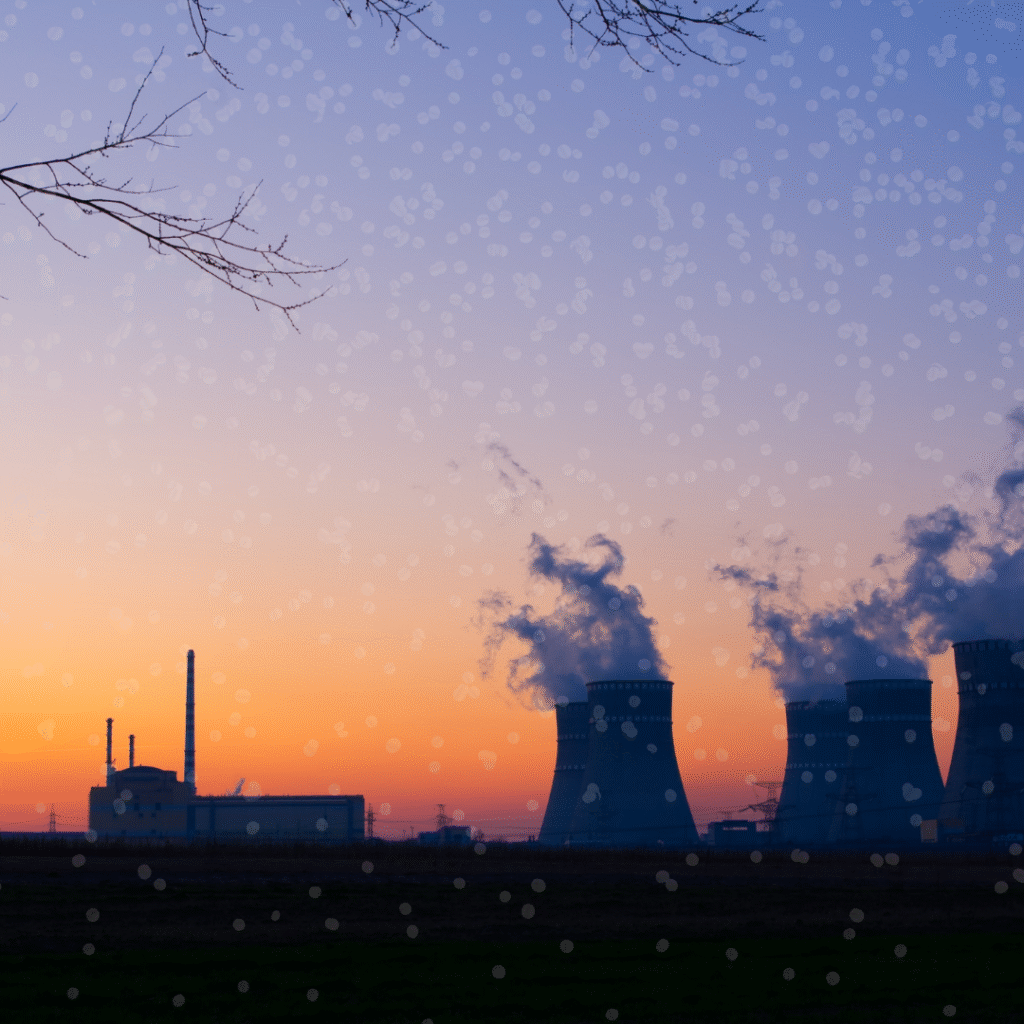
Article vocabulary list
- Reactor – A large machine that produces energy using nuclear power
- Radiation – A type of energy that can be harmful in large amounts
- Evacuated – Moved away from a dangerous place
- Exclusion Zone – The area around Chernobyl where people are not allowed to live
- Ghost town – A town where no one lives anymore
- Returnees – People who go back to live in a place they once left
- Thriving – Doing well and growing strongly
- Confinement – Something that keeps a dangerous area sealed or closed
- Filmmakers – People who make films or documentaries
- Nuclear power – Energy made by splitting atoms, often used to make electricity
Comprehension questions
Just click the plus (+) to see the answer
1. What year did the Chernobyl disaster happen?
a) 1976
b) 1986
c) 1996
Answer: b) 1986
2. What caused the explosion at Chernobyl?
a) A lightning strike
b) An earthquake
c) A reactor test went wrong
Answer: c) A reactor test went wrong
3. What is the Exclusion Zone?
a) A place where animals are kept
b) A safe area near the power plant
c) An area that is not safe for people to live in
Answer: c) An area that is not safe for people to live
4. What happened to the town of Pripyat?
Answer: It was evacuated and is now a ghost town
5. What kind of animals now live in the Chernobyl area?
Answer: Wolves, deer, boar, bears, and other wild animals.
6. What did the world learn from the Chernobyl disaster?
a) How to build power plants
b) It taught us about the dangers of nuclear power
c) How to find gold
Answer: b) It taught us about the dangers of nuclear power
Sinead is a writer and EFL teacher with eight years’ experience. She’s a native English speaker who loves making news stories fun and easy to understand for children around the world. Her passions include travel, animals, and helping to make the world a kinder, more sustainable place.

